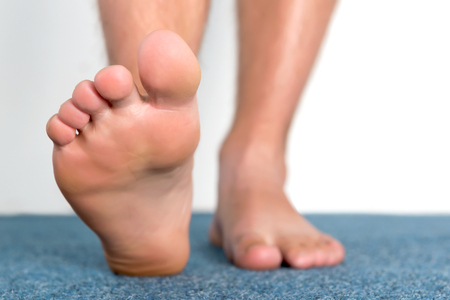
The bunion (or bunionette when it appears on your pinky toe) appears as an enlarged, bony bump on the side or top of the big toe. Initially, there may be little pain associated with this bump, but as it worsens and the toe is pushed further and further into your other toes, other foot problems may be created.
Some common complications associated with bunions include the following:
- Redness and swelling—The bump on your toe can rub against the inside of your shoes causing redness, blueness, and other signs of inflammation.
- Calluses and corn development—These can form on or next to the bunion causing extreme pain and discomfort.
- Hammertoes—Having a bunion on your big toe increases the chances that you will develop a hammertoe on the second or third toe, or in some cases both toes.
- Ingrown toenails—The misalignment of the toe increases pressure on the nail, possibly resulting in an ingrown toenail.
Bunions are not an inherited condition, but some people do inherit a mechanical instability in their joints that can predispose them to developing bunions and other foot deformities.
Some of the steps you can take to treat your bunions and alleviate the pain and discomfort include doing foot and toe exercises, wearing shoes with a wide toe box, and using insulating pads and straightening devices to realign the toe.
If you are experiencing bunion complications, seeing your podiatrist for proper diagnosis and treatment is essential. At Podiatry Center of New Jersey, Dr. Russell Samofal treats a variety of conditions such as sports injuries, diabetic foot problems, pediatric foot conditions, toe deformities, arthritis, nail fungus, arch problems and heel pain. Equipped with advanced technologies and a dedicated staff, Podiatry Center of New Jersey provides individualized high quality care for patients all across Morris, Passaic, Bergen and Essex counties. For all your foot and ankle problems, contact our Wayne office at (973) 925-4111 for an appointment.















